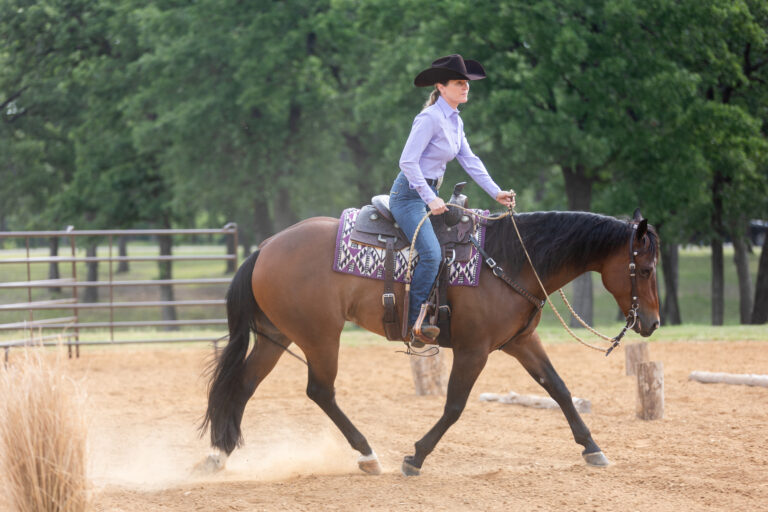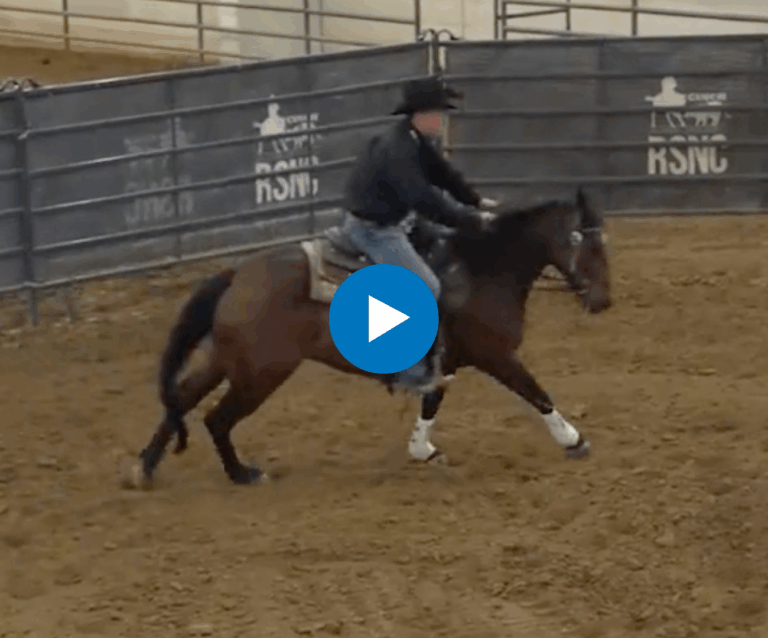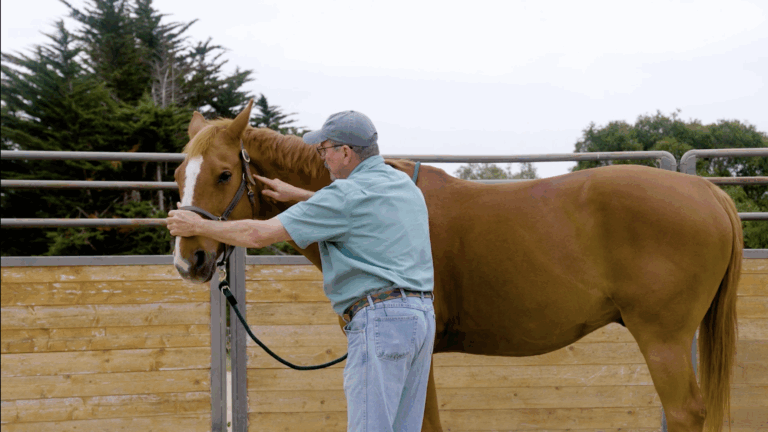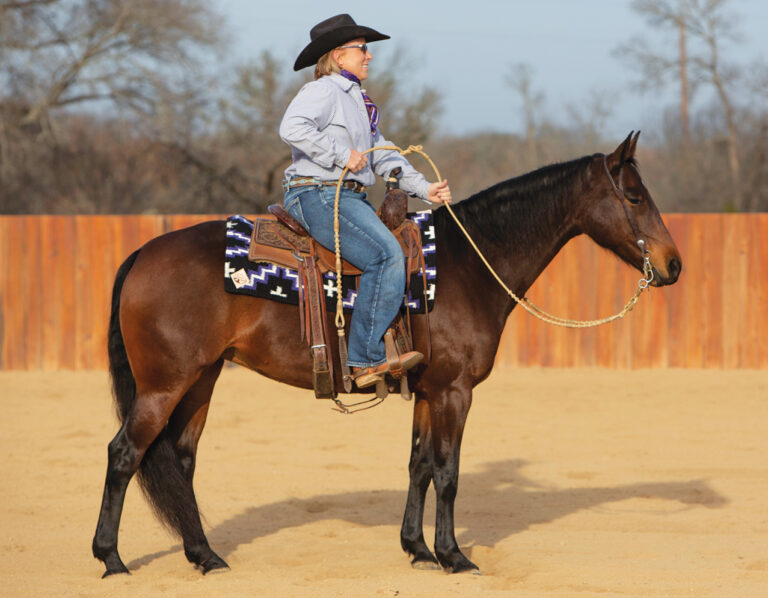You saddled up to head out for a solo ride. The first few steps are confident and then all of a sudden, your horse starts wanting to turn around and head back to the barn. You can feel the battle starting—he pulls right, and you pull on the left rein, then he pulls left, and you pull on the right rein.
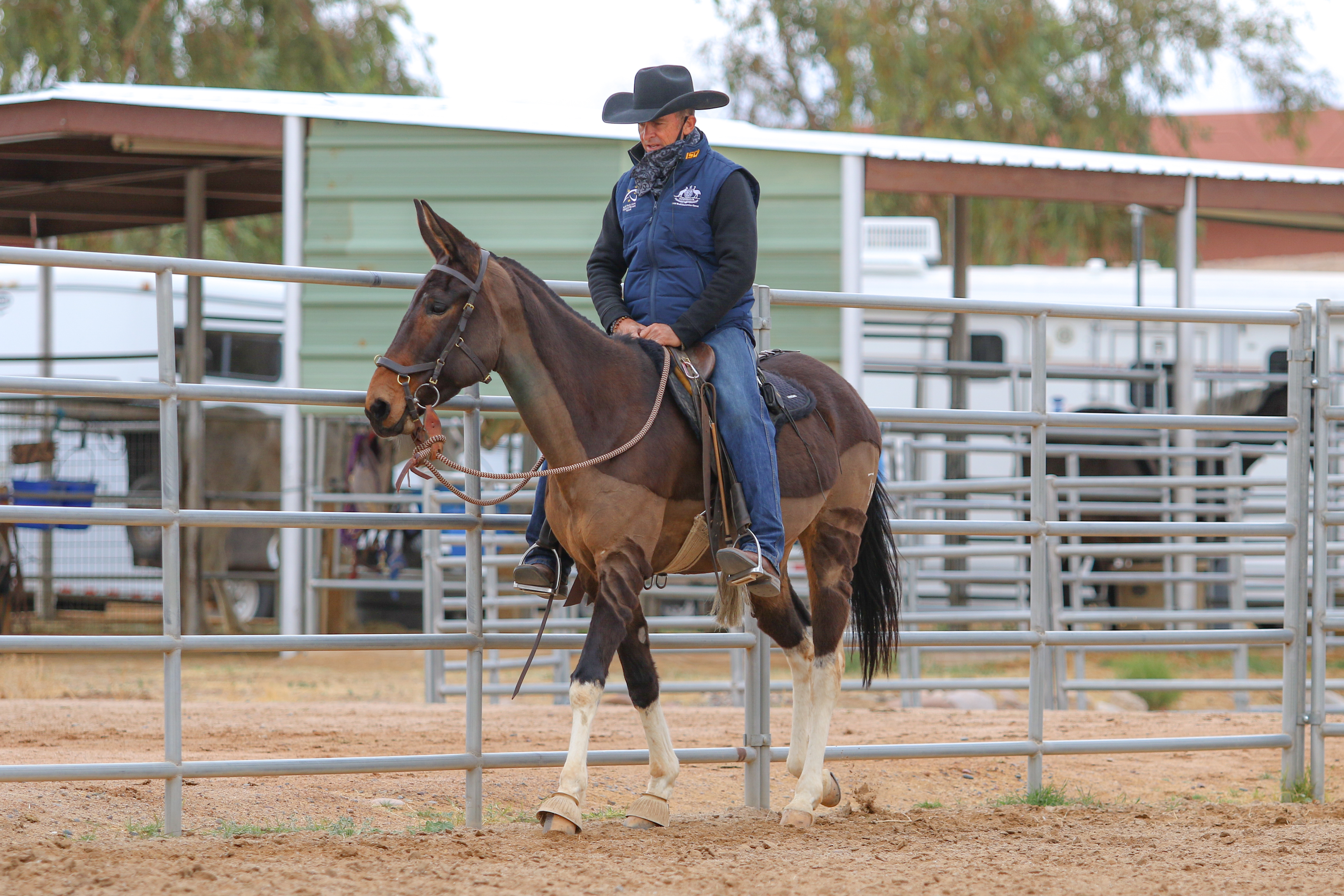
Here I’ll explain why your horse is actually trying to turn back, and then show you how you can break this habit to head out on a solo ride with peace of mind.
Why this Works
When your horse is wanting to turn back and go back to the barn, he’s looking for a companion that shows awareness. Usually, your horse doesn’t feel like he has the same level of awareness with you that he does with his barn buddies. Being able to let your horse know that you’re very aware and you’re aware of the small things, then he will trust your guidance to take him away from the place he feels secure.
Similar to humans when we feel anxious, we do a breathing exercise to calm us down. The breathing exercise works because you can’t think of two things at once—instead of thinking about the thing you’re anxious about, all of a sudden, you’re thinking about your breathing. This technique works similar for your horse. You will be able to give his mind something else to think about rather than heading back to the barn.
Step One: Wait for the Flick
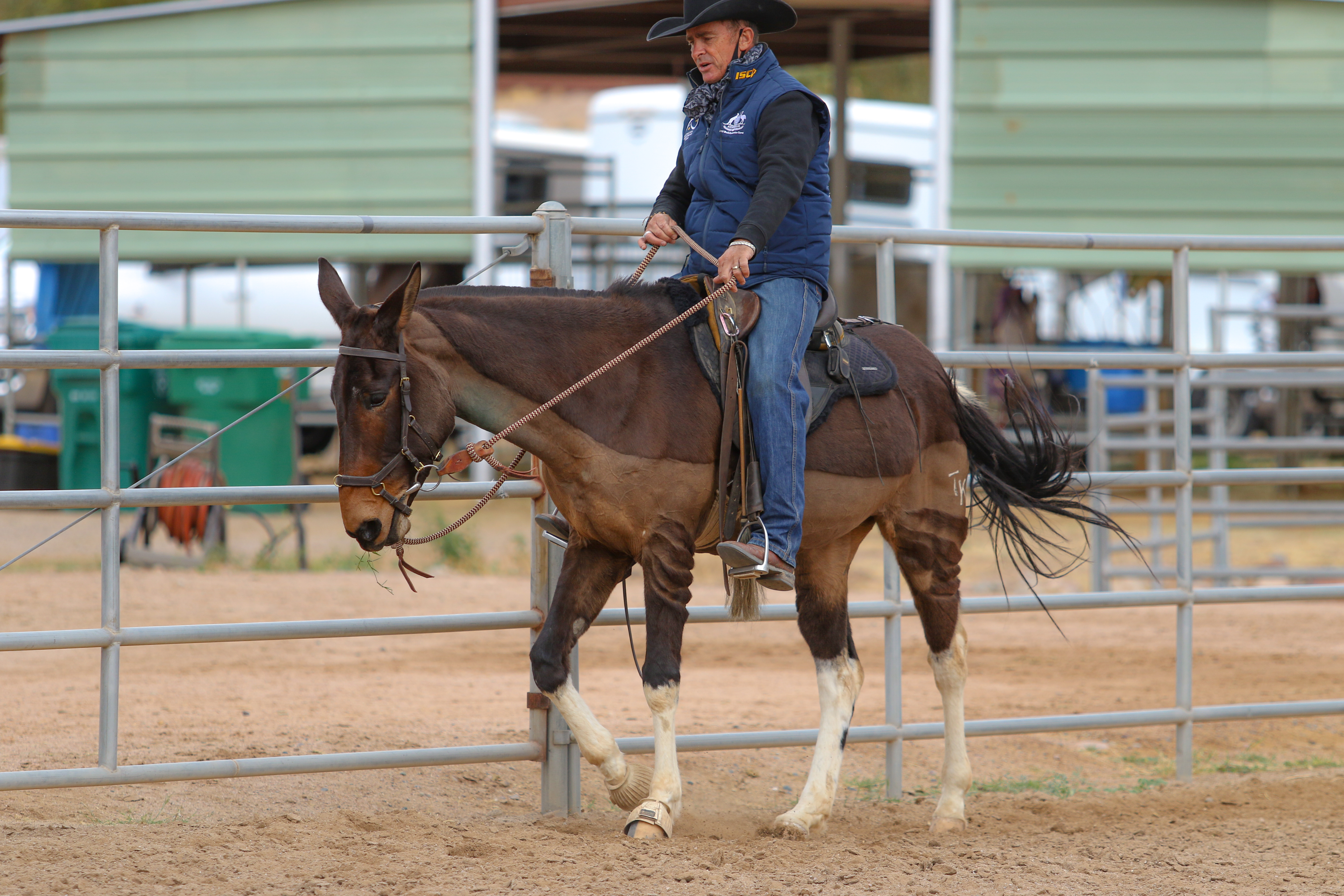
Once you’ve saddled, head to an arena—or the spot you know is a common problem—and let your horse travel toward where he wants to go. As your horse is walking and his ears are pointed forward, pick up on one of your reins. Don’t pick up and pull, just pick it up and put a little feel on the rein. Once your horse’s ear flicks—the very slightest of flicks—relax your rein.
You’re not looking for a physical response at this point, just a mental acknowledgement—this is where you’re letting him know that you’re aware of even the small actions. You’ll practice this part of the exercise until when you pick up on the reins, his ear immediately flicks.
Step 2: Start Changing Directions
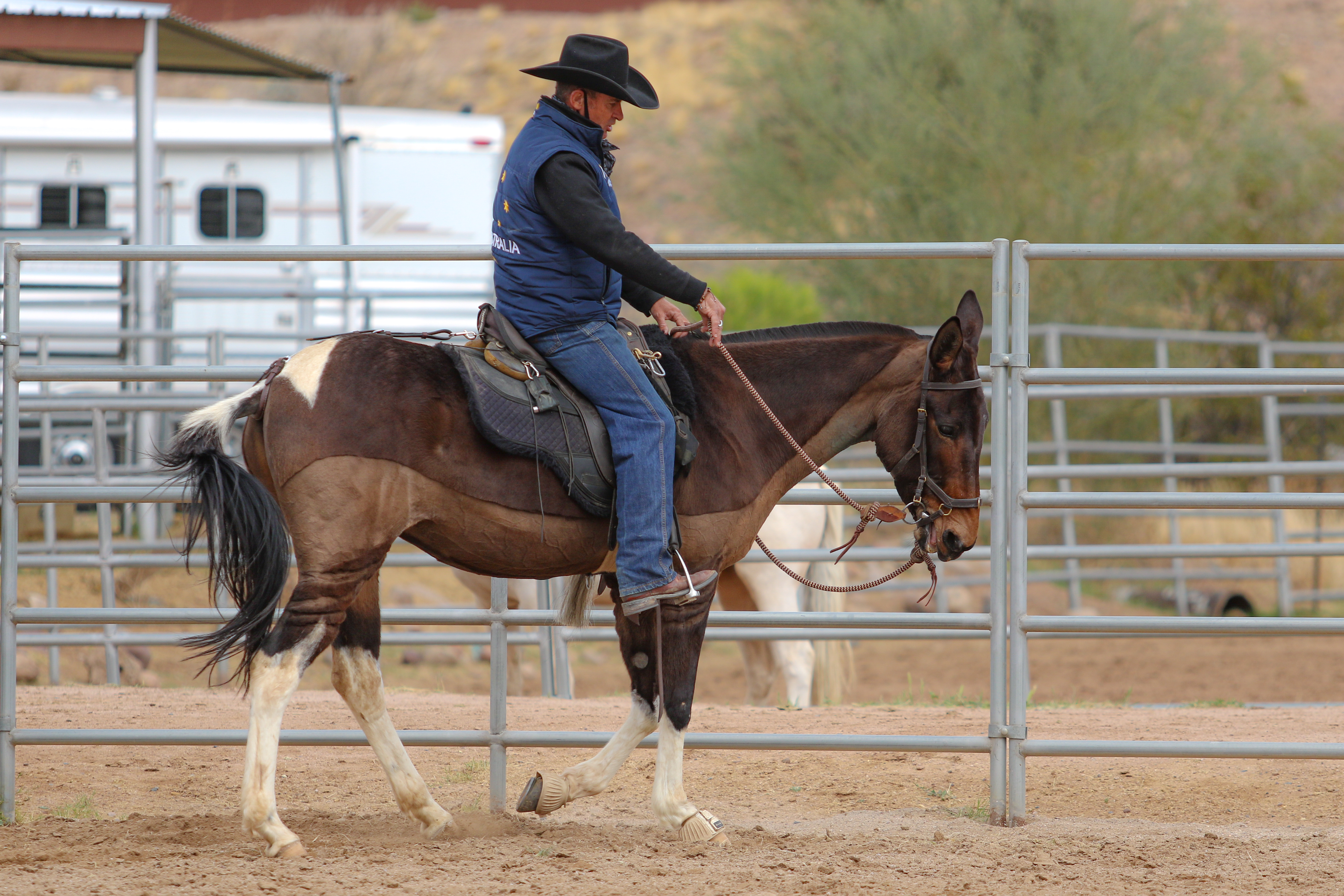
At this point, then he is ready for you to actually ask him to change directions slightly. Just pick up on that inside rein—the rein away from where your horse is thinking—or either rein if your horse is thinking straight ahead. The ear will flick and then you’ll wait for his head to turn that way very slightly and then let go of the rein.
Do this until when you pick up on the rein his ear would flick, and his head comes around as it were if he was changing directions. Once your horse’s head comes around easily, you’ll ask for his feet to follow.
Step 3: Keep Riding Away
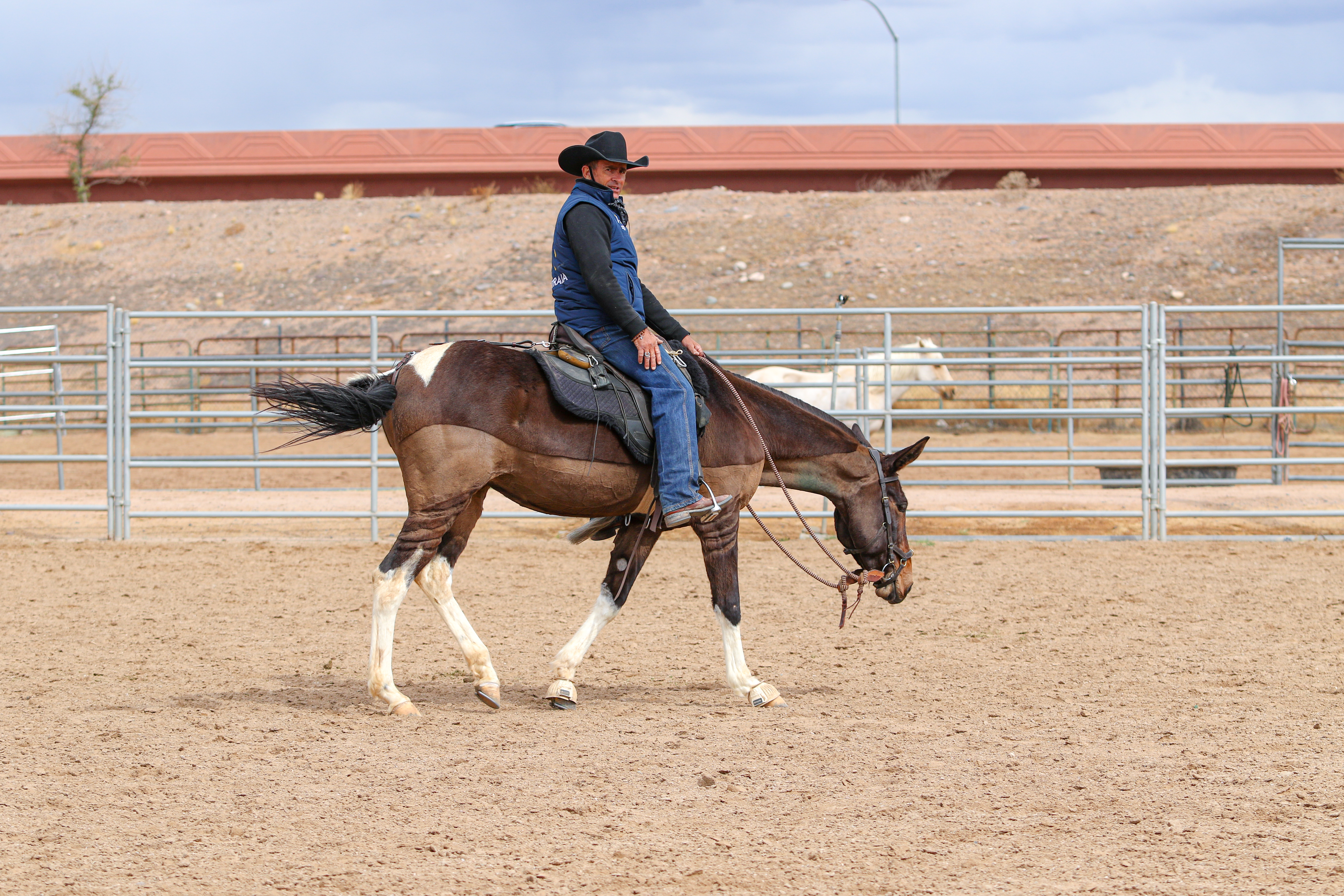
Now, start asking your horse away from the spot that he wants to keep going back to. As you’re riding away from the barn or gate, turn back before your horse decides to. (It helps if there’s a spot your horse always turns back at). When you turn back, ride back toward the barn or gate and then make a square corner to head back away from the place he wants to go. This time go a little further before turning back. Keep doing this, going further each time you head away from where he wants to go.
Eventually, your horse will walk all the way to where you want to go on a loose rein without wanting to turn back. Your horse may try to turn back again when you go to ride the next time but continue working on this exercise each ride until you no longer feel your horse feeling anxious about leaving the barn.

